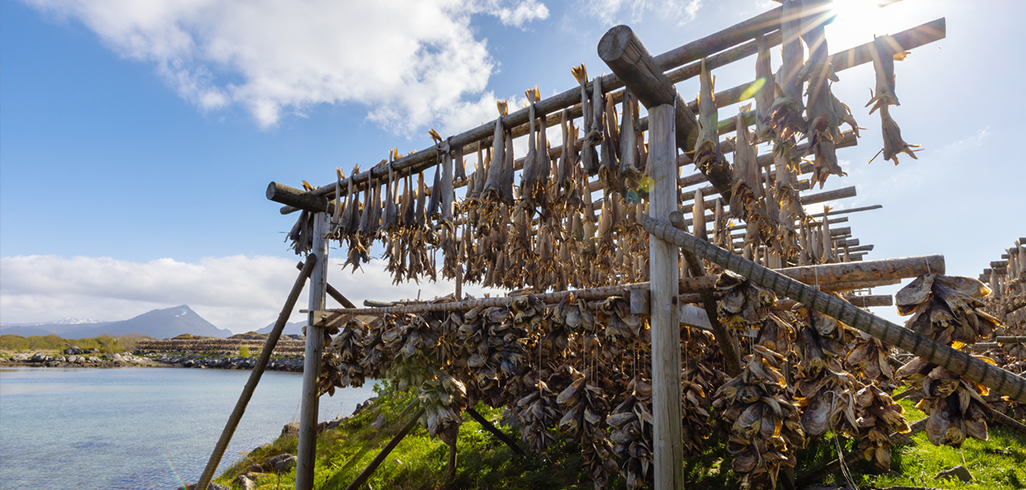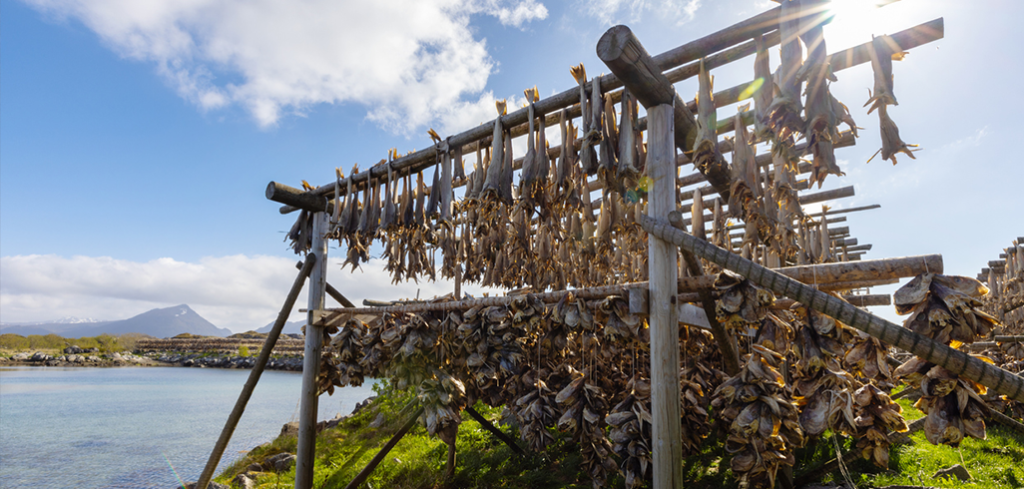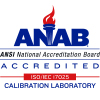 Posted on
Posted on

Since the beginning of time, humans had to get creative when it came to survival. Ancient cultures around the world had to harness nature for local food sources while acclimating to the climate. Whether hunting or harvesting, food preservation allowed man to plan ahead and form a food supply. This was not only crucial for survival, but also for putting down roots and establishing communities.
As ancient cultures were adapting, they discovered techniques that have now become basic methods of food preservation.
- Drying
The earliest form of curing meat was dehydration using the sun or wind. Dehydration dates back to the Middle East and oriental cultures that dried foods in the hot sun as early as 12,000 B.C. In regions without enough sunlight or wind, “still houses” were built and heated using fire to dry fruits, vegetables, and herbs. - Curing
As a form of dehydration, early cultures used salt to help dry out foods. The curing of meats and seafood not only preserves the taste and texture but also prevents the growth of harmful pathogens that need moisture to survive. - Freezing
In climates that experience freezing temperatures, freezing was an obvious method of preservation. Food was buried underground or in the snow for preservation throughout the winter. This method led to the construction of “icehouses” or “iceboxes” for storage until the 1800’s when artificial refrigeration was invented. - Fermenting
A valuable method of preservation, fermentation prevents food from spoiling by using microorganisms to destroy harmful pathogens. The production of acid or alcohol during fermentation creates vitamins making fermented foods more nutritious and flavorful. - Pickling
A form of fermentation, pickling preserves foods in vinegar produced by starches or sugars. Pickling may have originated when food was placed in soured wine or beer to preserve it. It’s believed Indians were the first people in Asia to make cucumber pickles more than 3,000 years ago. - Sugaring
Known to the earliest cultures, sugaring preserves food in honey or sugar. The sugar not only sweetens but draws out water from harmful pathogens, which dehydrates and destroys them. The ancient Greeks and Romans mastered the technique of using heated sugar and fruit pectin which we have come to know as jams, jellies, and preserves. - Canning
Dating back to the 1790s, canning is the newest method of food preservation which involves the heating and cooling of food in jars or cans. Heating destroys harmful pathogens, while cooling creates a vacuum seal to prevent contamination and deterioration.
Today, most food is preserved and processed commercially. To ensure food preservation is carried out according to food safety standards, data loggers are often implemented into HACCP plans. Data loggers provide validation that specific time and temperature thresholds, or critical control points, were reached.
MadgeTech specializes in data logging solutions designed for food processing applications. To learn more about MadgeTech data loggers, call us at (603) 456-2011 or email [email protected].






